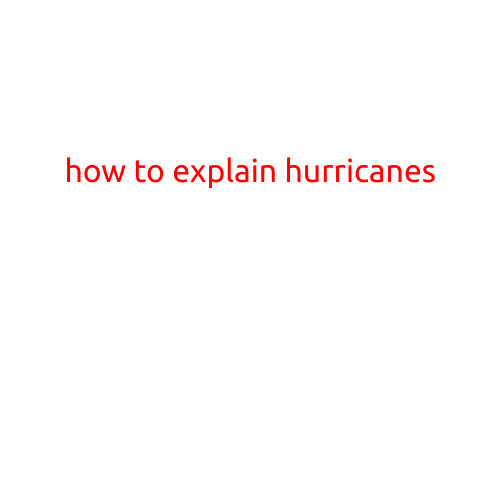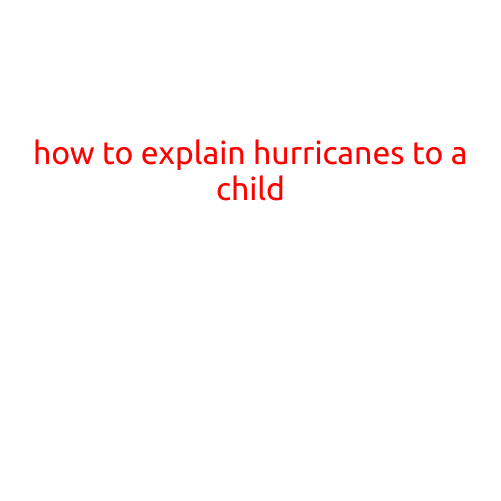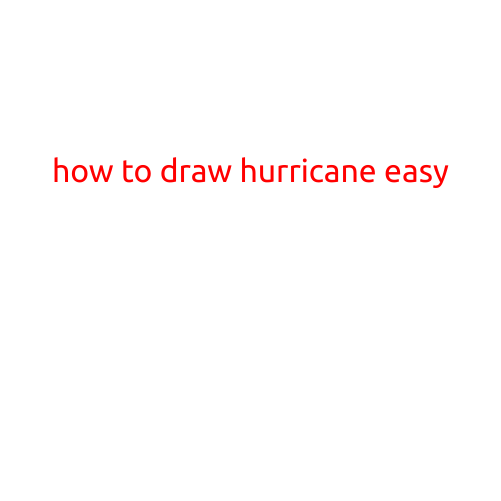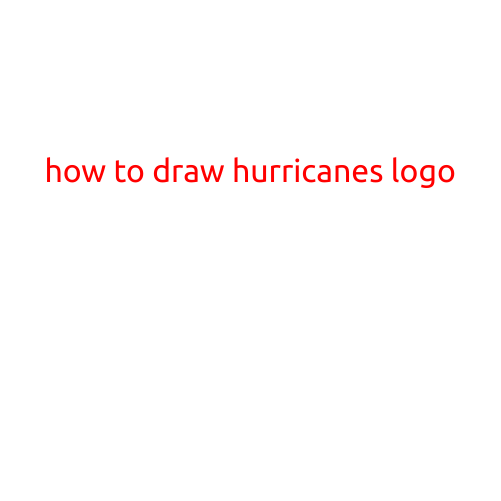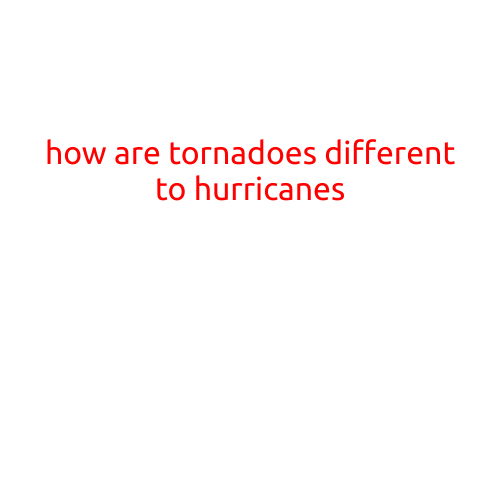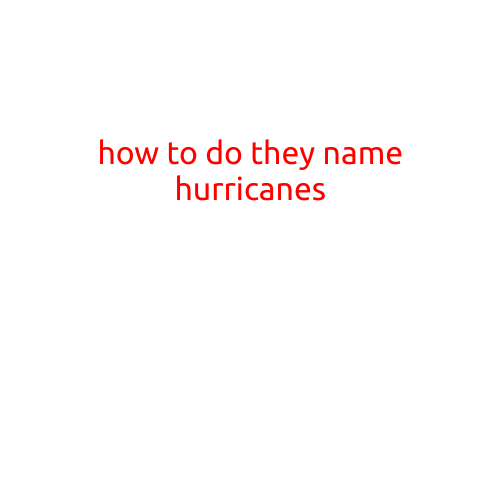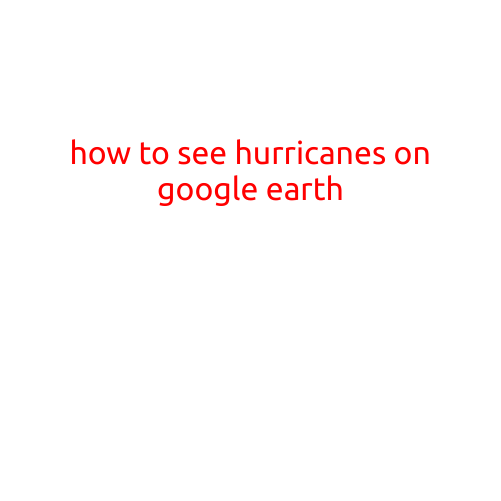
How to See Hurricanes on Google Earth
Google Earth is an incredible tool that allows users to explore the world from the comfort of their own homes. With its advanced mapping capabilities and satellite imagery, Google Earth has become a go-to resource for scientists, researchers, and even the general public. One of the most fascinating features of Google Earth is its ability to display weather phenomena, including hurricanes. In this article, we’ll show you how to see hurricanes on Google Earth and explore some of the benefits of using this tool for weather enthusiasts and scientists alike.
Step 1: Acquire Google Earth Software
To see hurricanes on Google Earth, you’ll need to download and install the software on your computer or mobile device. You can find the latest version of Google Earth on the official Google website. Make sure to choose the correct version for your operating system (Windows, macOS, or Chromebook).
Step 2: Launch Google Earth and Navigate to the Hurricane Region
Once you’ve installed Google Earth, launch the software and navigate to the region you’re interested in. You can use the search bar at the top-left corner of the screen to find a specific location or use the globe-view mode to explore different areas. For this example, let’s say you’re interested in hurricanes in the Gulf of Mexico. Simply type “Gulf of Mexico” in the search bar and Google Earth will reposition itself to the region.
Step 3: Enable Satellite Imagery and High-Resolution Mode
To see hurricanes on Google Earth, you’ll need to enable satellite imagery and high-resolution mode. To do this, follow these steps:
- Click on the “View” menu at the top of the screen and select “Satellite.”
- In the pop-up menu, toggle the “Satellite Imagery” option to “On.”
- To increase the resolution of the imagery, click on the “View” menu again and select “Graphics Resolution.” Then, adjust the slider to “High” or “Very High” depending on your screen resolution.
Step 4: Activate 3D Imagery (Optional)
For an even more immersive experience, you can activate 3D imagery. This feature allows you to view hurricanes from multiple angles and depths. To activate 3D imagery, follow these steps:
- Click on the “View” menu and select “3D.”
- In the pop-up menu, toggle the “3D” option to “On.”
- You can also adjust the “Vertically Exaggerated” slider to amplify the height of mountains and valleys.
Step 5: Identify Hurricanes using Clouds and Wind Patterns
Once you’ve enabled satellite imagery and high-resolution mode, Google Earth will display weather patterns, including clouds, wind, and precipitation. To identify hurricanes, look for the following characteristics:
- A large, rotating cloud system with strong winds.
- A defined eye (the center of the hurricane) and a symmetrical spiral pattern.
- Strong winds and precipitation (rain or thunderstorms) surrounding the eye.
- A ring-shaped circulation of clouds, indicating the hurricane’s outer edge.
Benefits of Using Google Earth to Study Hurricanes
Using Google Earth to study hurricanes has several benefits, including:
- Real-time imagery: Google Earth provides access to real-time satellite imagery, allowing you to track the movement and intensity of hurricanes as they occur.
- High-resolution visualization: Google Earth’s high-resolution imagery allows you to see detailed features of hurricanes, such as cloud formations and wind patterns.
- 3D perspective: The 3D imagery feature provides an immersive experience, allowing you to explore hurricanes from multiple angles and depths.
- Education and research: Google Earth is an excellent tool for educators and researchers to study hurricanes, track their trajectory, and analyze their impact on the environment and human communities.
Conclusion
In conclusion, using Google Earth to see hurricanes is a fascinating and educational experience. By following the steps outlined in this article, you can explore hurricanes in real-time, visualize wind patterns and cloud formations, and gain a deeper understanding of these powerful weather phenomena. Whether you’re a weather enthusiast, a scientist, or simply curious about the world around you, Google Earth is an excellent tool to explore and learn about hurricanes.
